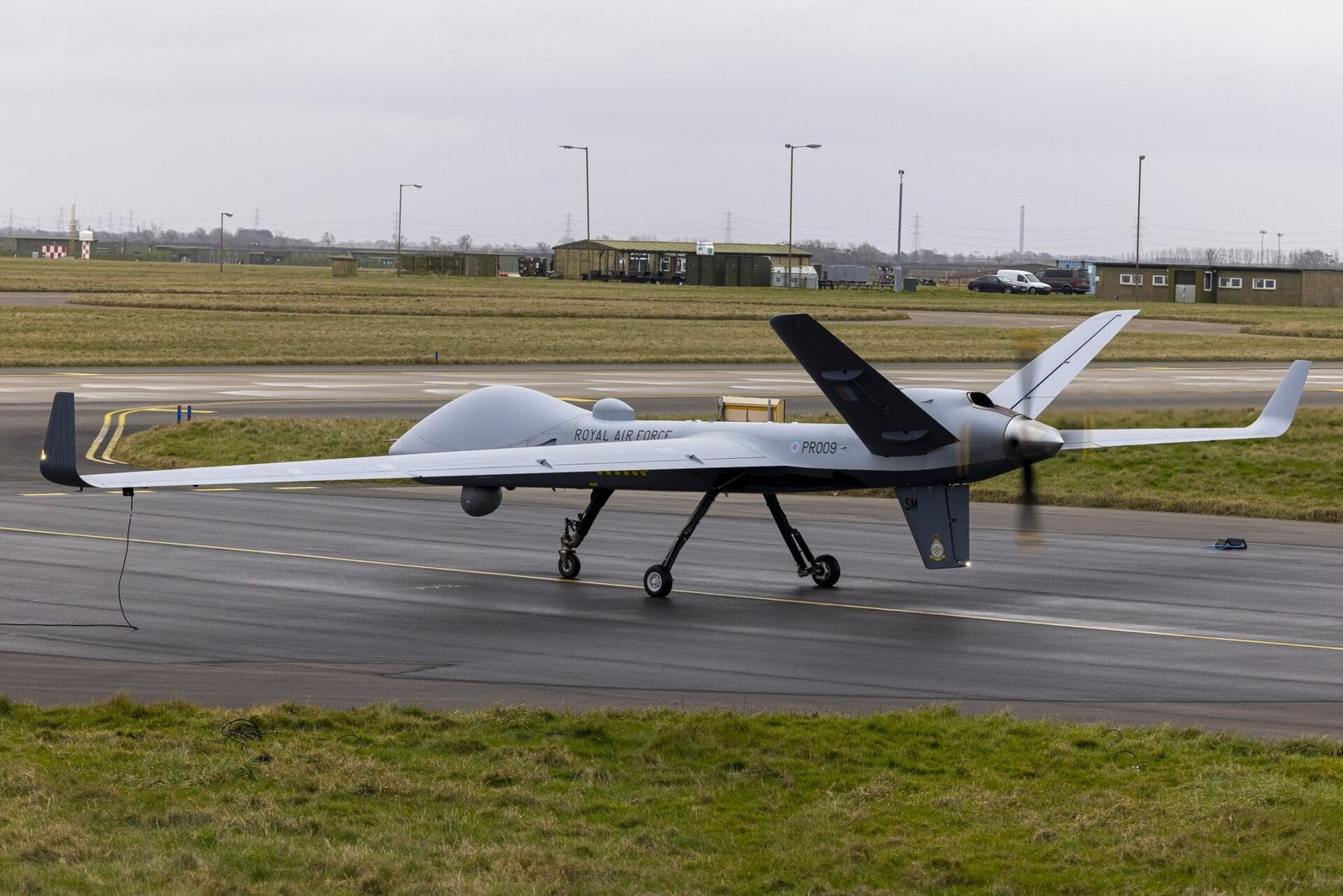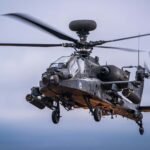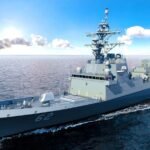In the United Kingdom, the Strategic Defense Review (SDR) which sets out the guidelines and programs of the British Armed Forces has been made public. It identifies new tasks and missions for the emerging UK’s Royal Air Force (RAF) RPA Protector line that it is currently setting up with the first four examples received from General Atomics Aeronautical Systems (GA-ASI).
According to the aforementioned document, the RAF’s Protectors will be used for maritime surveillance, integrating them with P-8 Poseidons and Type 26 frigates with appropriate connectivity systems to carry out naval air patrol operations in the North Sea and the Arctic Ocean. This measure has become necessary to respond to increased Russian surface and submarine naval activity in waters of interest to the United Kingdom.
In this regard, the SDR suggests and hopes for the adoption of suitable suites to allow Protectors to carry out these missions. The evaluation of this configuration is already underway by the Ministry of Defense in London which is working with NATO Intelligence, Surveillance and Reconnaissance Force to better define the matter.
With the use of Protectors in connection with Poseidons, RAF’s naval air surveillance capabilities will improve, optimizing available resources.
The Protector RG.1 program
The RAF will have 16 Protector RG.1s that will join the nine already received Poseidon MRAs; it is notable that London and Berlin have signed an agreement whereby German Marinefliegers Poseidons will be able to operate from the United Kingdom, thus increasing surveillance capabilities of the North Sea and the Arctic Ocean.
The agreement envisages that German Poseidons can use either British Sting Ray torpedoes or American Mk54s.
The Protector RG.1 is a version specially designed for British needs of the MQ-9B SkyGuardian; it has a reinforced cell capable of withstanding the strong stresses caused by the typical weather conditions of Northern Europe; it can operate without problems even in the airways reserved for civilian traffic thanks to the recognition and collision avoidance system that has been specially developed and certified.
Source: Ministry of Defense of the United Kingdom (UK MoD).
Photo credit: @Royal Air Force



